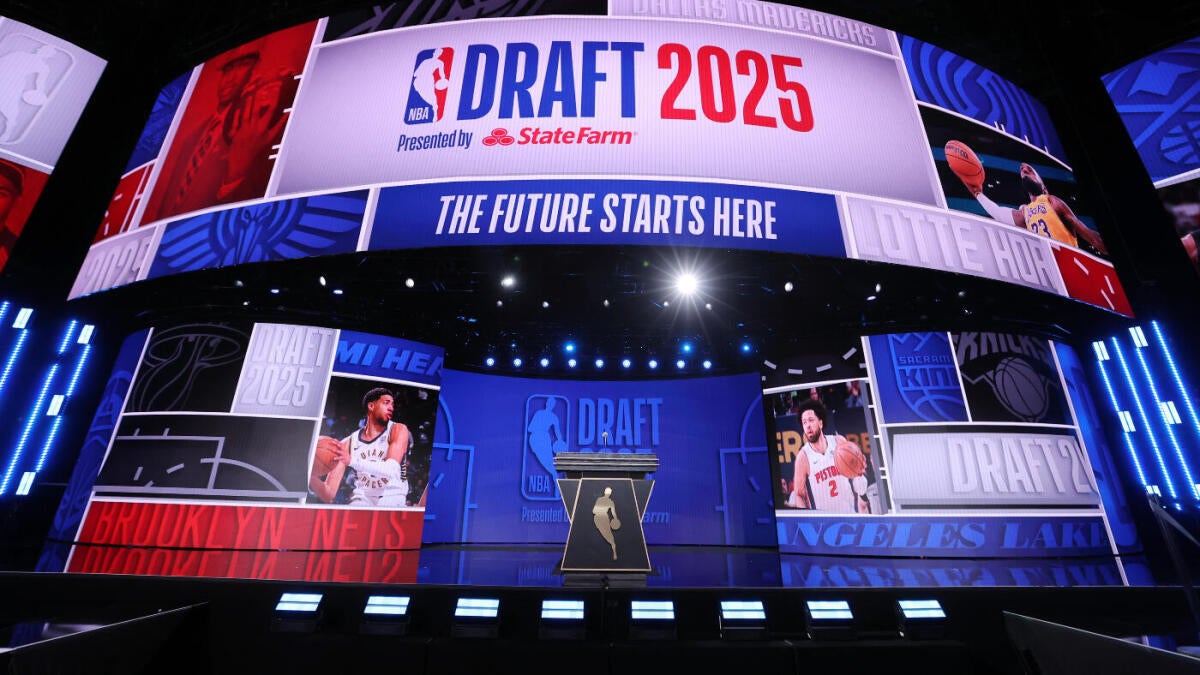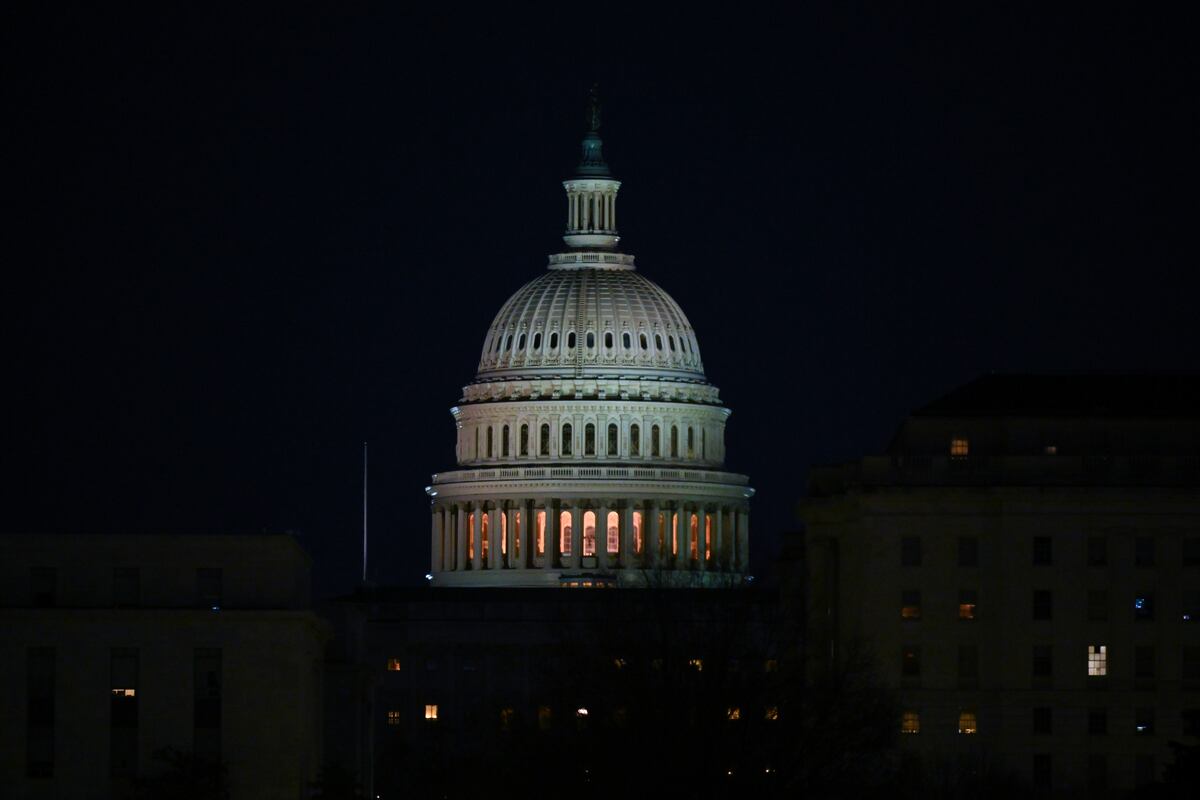F1 threads the nitty-gritty details of racing into a traditional underdog drama.

June 28, 2025, 9:30 AM ET
The stakes are almost embarrassingly simple: A man needs to win a race. F1 is a loud sports epic that thrusts the viewer into the high-octane, technocratic world of Formula One racing. These competitions are decided by complex car engineering and tactical pit stops; individual drivers are only as important as the car companies they work for. The film’s director, Joseph Kosinski, best known for the box-office sensation Top Gun: Maverick, accounts for this system’s intricacies by stripping the plot of any complications. Instead, in collaboration with Formula One’s regulating body, he creates a straightforward underdog tale, made compelling by its fidelity to the world’s fastest races.
Brad Pitt plays Sonny Hayes, an over-the-hill, salt-of-the-earth gearhead who washed out of Formula 1 decades ago and has since taken on any racing challenge that he can. (He even drives a New York City cab at one point.) He returns to the sport when another former competitor, Ruben Cervantes (played by Javier Bardem), recruits Sonny to bolster the flailing, upstart team that Cervantes now owns. If his crew doesn’t win at least one race this season, the governing board can fire Cervantes, so Sonny joins up for one last rodeo.
In real life, Formula One is defined by the companies (known as “constructors”) that sink seemingly unlimited resources into getting to the top year after year—well-known brands such as Ferrari and Mercedes. F1 sticks them in the background (alongside actual racers such as Lewis Hamilton and Max Verstappen) while focusing on the fictional crew run by Cervantes, called APX. “I wanted to tell the story of the team at the bottom,” Kosinski told me. And rather than villainize any particular corporation—as James Mangold did in his period piece Ford v Ferrari—the director said that he was more intrigued by a quirk of Formula One, where constructors have multiple drivers in the field for each race. The big competition, then, is an internal one.
Read: Ford v Ferrari: A rollicking tale of fast cars and capitalism
That means Sonny’s biggest obstacle isn’t trying to overcome a champion such as Hamilton (who is listed as a producer on the film). His struggle is learning to work alongside one of his younger peers, Joshua Pearce (Damson Idris). “This notion of your teammate being your enemy, to me, that’s great for drama,” Kosinski told me, defining it as “that meta thing of a veteran and a rookie.” Whereas in Top Gun: Maverick, he explained, he was exploring a father-son dynamic, in F1, he sought to examine the relationship between two rivals.
This clever conflict helps the film upend the usual, dull stakes that have befouled so many works of its ilk in the past. The most successful racing movies of late have leaned more artistic than mainstream, while more extravagant attempts have failed either commercially or critically. F1 doesn’t quite slot into either category; it’s more of a long-shot sports saga with the peaks and valleys of joy and despair that come with it. (Think Hoosiers or Rocky, except with scenes set in Monaco and Abu Dhabi.) It’s familiar, but pleasantly so.
The film still manages to dig into the peculiarities of Formula One within its big, meaty character study. The sport is well suited for that type of intimate storytelling. “I can’t think of another sport like that, where the sport is literally engineered to create that internal team conflict,” Kosinski said. “That sense of internal competition brings the best and worst out of people.” The director discovered Formula One by watching the popular documentary series Formula 1: Drive to Survive, which brought greater visibility to the sport. He recalled how the first season focused on the last-place finishers, not the top ones: “What’s it like to be the team that goes and knows they’re going to lose every weekend?”
Read: How Netflix made Americans care about the most European of sports
Questions like this one seem to undergird much of Kosinski’s work. The director has long struck me as something of an under-sung auteur of big-budget features; he takes on brand-name franchises that are huge, technical challenges (such as his debut feature, Tron: Legacy), injecting humanity wherever possible. Top Gun: Maverick followed a plot befitting a legacy sequel—the growth of Tom Cruise's protagonist into someone older and wiser—but Kosinski made it seem like it was, on a deeper level, about Cruise’s superhuman desire to stay relevant in Hollywood. The director similarly molds F1 around his star’s more reluctant image: Pitt portrays a man of few words who seems nostalgic for simpler times in his industry.
The specifics of Formula One border on arcane, and Kosinski gleefully plunges the viewer into all of its minutiae: the balance between aerodynamics and engine power in building the cars; the strategies behind taking a pit stop or passing another driver. Sonny is the viewer’s tether to reality; he’s happy to practice his steering-wheel grip using a common object—tennis balls—instead of an expensive contraption. (Joshua, meanwhile, employs a more intricate workout device.) Kosinski wanted to accurately depict the sport without losing viewers who are unfamiliar with or even intimidated by it. “It’s not just about people going around in circles,” he told me, pushing back against the mainstream image of Formula One as a bunch of rocket cars zooming around a track. “It really is chess at 200 miles an hour.”
F1 succeeds when it emphasizes that side of the sport, and as long as you can accept the well-trod beats of its plot. Pitt is there to glower and exude experience, and Idris brims with youthful, charismatic arrogance. Kosinski handles the racing scenes with the mechanical prowess he showed off in Top Gun: Maverick, mounting cameras to cars and highlighting their velocity in surprising ways. Sonny’s quest to prove his doubters wrong resembles the arc of many a sports drama. But Kosinski elevates that journey by capturing racing in all of its gorgeous, peculiar glory—there’s never been a portrait of Formula One quite like it.








 English (US) ·
English (US) ·